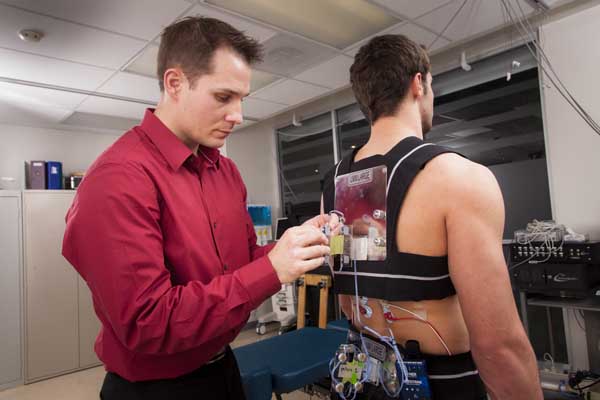
Human performance is often associated with sports and athletics; however, the name is equally applicable to less intense tasks such as desk work. The Human Performance Lab (HPL) studies the biomechanics of human activities that span a range from activities of daily living to high-level athletics. A key component of our work is to understand movement, which is fundamental to life.
CMCC’s Human Performance Lab is outfitted with the necessary, and state of the art equipment and software to evaluate the biomechanics of human performance. The lab is equipped with the following equipment
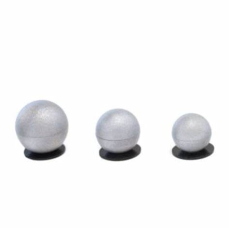
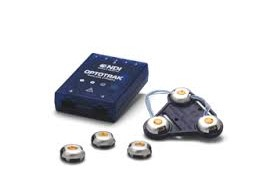
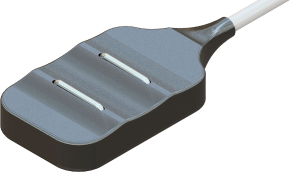

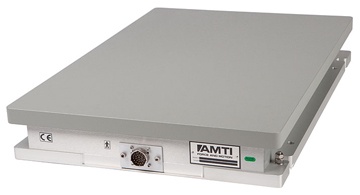
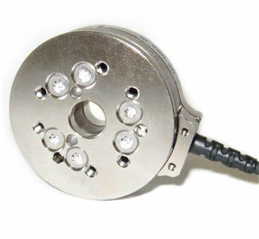
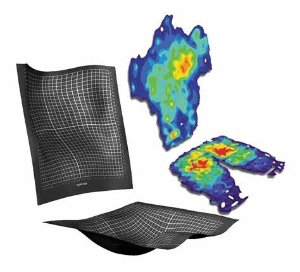
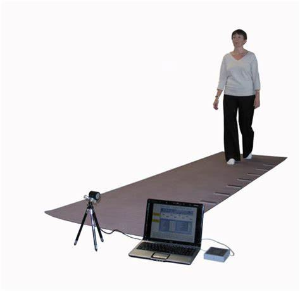
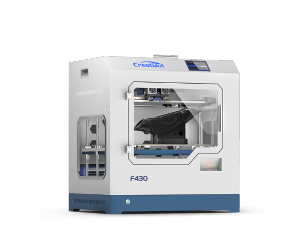
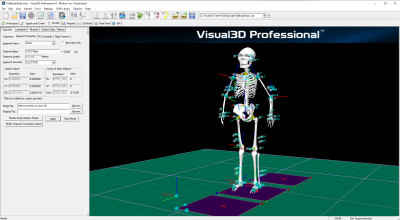
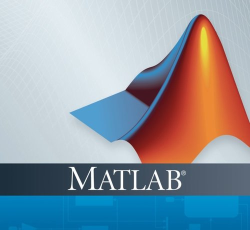
Principal Investigator: Sam Howarth
Most studies on the biomechanics of spinal manipulation focus on the recipient (e.g., patient); however, studying the provider’s biomechanics can provide insight into strategies that optimise performance while mitigating injury risk. This study will quantify the movements of and loads experienced by providers delivering spinal manipulation to a recipient’s low back. A secondary focus will be placed on determining the strategies used for smaller and larger recipients.
Principal Investigator: Sam Howarth
Evaluating physical function in people with low back pain currently relies on self-reported information. Thus, tests and measurements that objectively assess physical function are desired. A potential biomarker based on information obtained from activity of the spine’s extensor muscles during forward bending, called the flexion-relaxation ratio, has been proposed for people with low back pain. To be considered a biomarker, the measurement properties must be well-studied. Repeatability and measurement error of the flexion-relaxation ratio are critical components that have received little attention. This study evaluates repeatability and measurement error of the flexion-relaxation ratio within a day and between days.
Principal Investigator: Sam Howarth
Trunk muscle endurance is related to the treatment and prevention of low back pain and low back injuries. Endurance times are often used clinically to monitor status and progression of patients, and in experimental studies as a measurement. To date, it is unclear whether performance on subsequent endurance tests is affected by having already completed an endurance test to volitional fatigue in the same session. Findings from this study will inform clinical and research practices where batteries of physical performance tests including multiple assessments of trunk muscle endurance are performed.
Principal Investigator: Sam Howarth
Performance is an interest for sports chiropractors conducting research and the athletes that seek their care. Unfortunately, current research regarding high-velocity low-amplitude manipulation and its effect on performance is inconclusive and lacks methodological rigor. One area of methodological improvement is the collection and reporting of biomechanical data collected from athletes before and after receiving treatment. This mixed-methods study assesses the feasibility of collecting movement-related data from soccer players performing maximum effort kicks before and after receiving spinal manipulation. Players will also verbally describe their definition of performance, and describe their perceptions of how the treatment affected their ability to kick.
Principal Investigator: Martha Funabashi
Low back pain is a very common condition with 30% of patients with chronic low back pain presenting lumbar disc herniation. Spinal manipulative therapy (SMT) has been described to improve pain and function in these patients, however, concerns still exist regarding SMT’s potential to exacerbate symptoms and further propagate the herniation. Part of the concerns come from the lack of understanding on the SMT effects on the intervertebral disc (IVD). Previous work showed that the IVD is the structure that experiences the greatest SMT forces (over 95%). Nevertheless, the exact SMT effects within the IVD are still unknown. Therefore, measuring the IVD deformation during SMT will help clarify if SMT can be harmful for patients with lumbar disc herniation. Therefore, this study will measure the deformation across the IVD during SMT.

Dr. Samuel Howarth
T: 6478052029
showarth@cmcc.ca
Dr. Howarth is an Associate Professor and he Director of Human Performance Research at CMCC. He also holds adjunct positions at Ontario Tech University, University of Toronto, University of Guelph and Memorial University of Newfoundland. His current research is directed toward biomechanical analysis of human movement focusing on functional tasks used in daily life and clinical practice. As Director of CMCC’s Human Performance Laboratory, Dr. Howarth is responsible for mentoring faculty and graduate residents toward completion of their research projects. A complete list of his publications can be found on Google Scholar or Researchgate.


Steve Tran
T: 6478051736
stran@cmcc.ca
Steve is the Coordinator of the Human Performance Laboratory (HPL) at CMCC. As the technical resource in the HPL, he is responsible for design and construction of sensors and apparatuses for various studies in the Lab. Steve graduated with a degree in Biomechanical Engineering at the University of Guelph and has a Masters in Biomedical Physics from Ryerson University. In addition to his work in the lab, he is the principle engineer of the Force Sensing Tables Technologies (FSTT®) products. His contribution to the FSTT® include design and manufacture of the tables and development of the accompanying software. He is a co-author on the FSTT® related patent. A list of publications can be found on Google Scholar.
The Human Performance Lab has historically conducted research with commercial partners. We are interested in expanding our connections with industry. Please contact Dr. Samuel Howarth if you would like more information regarding any of these studies.